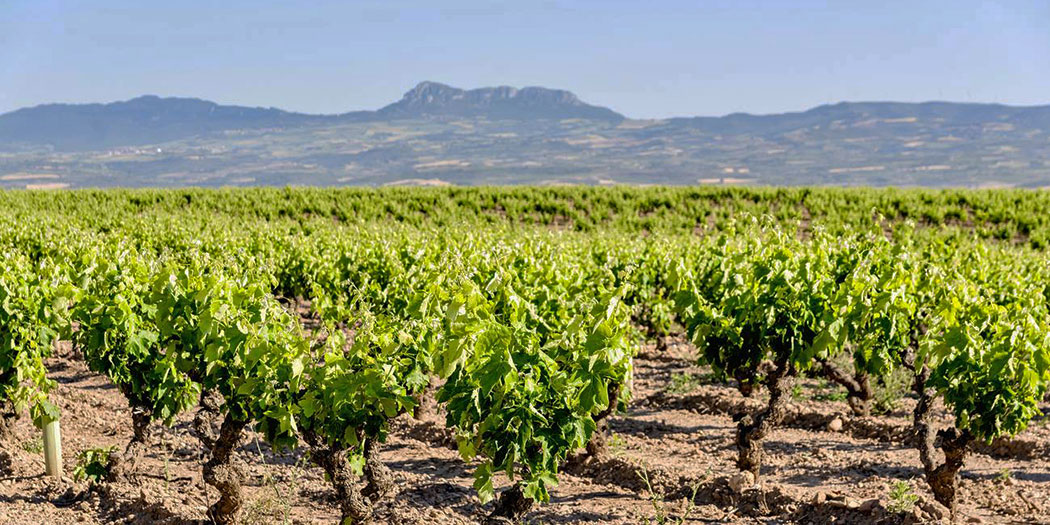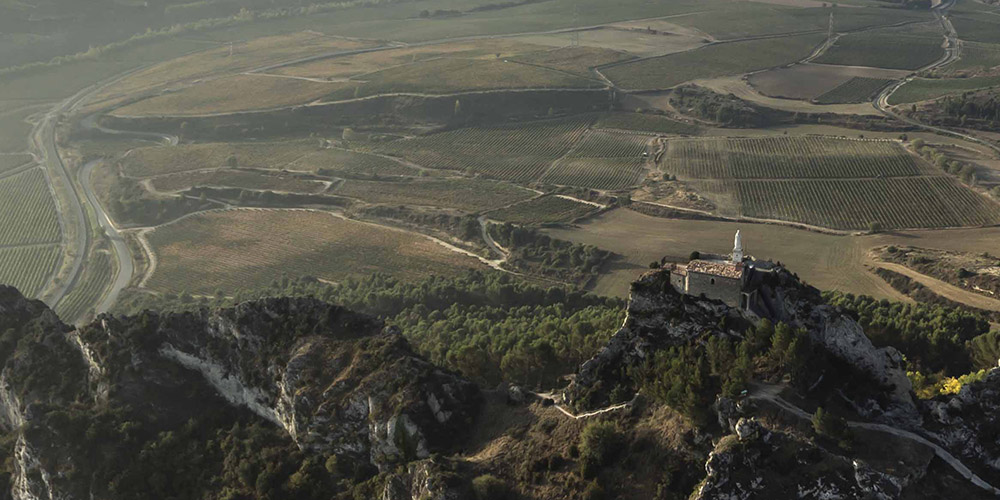In what is a large, yet unsurprising piece of news, the DOC Rioja council met on 16 October, 2023 and are recommending to the Spanish Ministerio de Agricultura, Pesca y Alimentación that there be no new vine plantings allowed (ES) in the region for the years 2024, 2025, and 2026. Additionally, they’re seeking that no vineyard conversion rights from outside the region be allowed either.
The reason they have to forward on the request is that this isn’t controlled at a local level and in general, 1% of the total vineyard area is allowed to be planted as new vines each year in European Union countries. In theory, tearing up and replanting vines within Rioja will still be allowed as this isn’t the creation of any new vines. Currently there are slightly more than 66,000ha of vineyards in all of DOC Rioja.
The council mentions that this is inline with their “rebalancing measures” (ES) that they’ve been implementing since March of 2023. An earlier part of this has been to limit the production yields to 90% of the official maximum for both 2023 and 2024.
There are various reasons for these measures but the main driving force is the massive quantities of excess, unsold wine that has been accumulating since 2018. While there have been no absolute, official figures on the complete total, various people within the wine trade in Rioja have stated unverifiable figures that range from 100-150 million liters. It should be noted that in the Official Gazette of La Rioja, 37 million liters of excesses have officially been listed but this is just by those looking for state subsidies.
This money has formed the base of a plan during the summer that was launched (ES) to distill excess wine, paying 0.86€/l for up to 17.5 million liters from 113 approved. Apparently some wineries had too much wine to qualify. Additionally, over 83kg million of grapes were to be purchased by the state to offset excesses from the harvest directly.
These are clearly stopgap measures to deal with the immediate problems and abate financial ruin to those in the wine trade. There exists a larger and much more pressing issue in that, despite 2017 warnings about a pending wine shortage for 2018, the opposite has come true and globally we’re dealing with excesses in nearly every country across Europe.
The French for their part are seeing the issue for what it is and are paying viticulturists in regions such as Bordeaux to tear up their vineyards in order to limit the supply at the source.
We’ll undoubtedly be seeing more on this subject in the coming years as the wine industry realigns to this new reality in drinking trends of the moment that currently show reduced consumption in younger generations.




